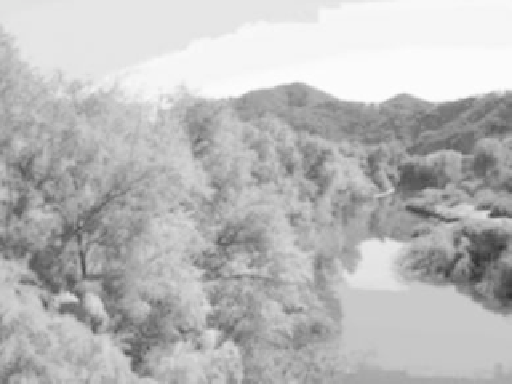Environmental Engineering Reference
In-Depth Information
agriculture, often for export products to the U.S. market—all exacerbated by free trade
agreements like NAFTA.
10.2.5 Wound 5: Invasion of Exotic Species
Causes: Aggressive and disruptive exotic species, both plants and animals, have (1)
invaded; (2) escaped from cultivation; or (3) been deliberately introduced, threatening eco-
systems and the survival of individual native species.
Conservation biologists now recognize exotic species as a leading cause of extinction, sec-
ond only to habitat destruction.
40,41
In the Sky Islands region, non-native plants and animals
(primarily in aquatic, riparian, and mesic communities) are a major cause of endangerment
of native species. Some of these destructive invaders were deliberate introductions; some
escaped from cultivation; others hitchhiked in. Most do well in disturbed habitats (Box 10.1).
Tamarisk (salt cedar) (
Tamarix ramossisima
), a native of the Middle East, was planted orna-
mentally in the late 1800s. It spread through cattle-damaged riparian areas and benefits from
dams and flood-control levees, which prevent natural cycles of drying and flooding with
which native species evolved. Tamarisk is now a major competitor of native cottonwoods,
willows, and other riparian trees (Figure 10.6). It provides very little habitat or food for
native species, although it does provide critical interim nesting habitat for the endangered
southwestern willow flycatcher in a few areas where native vegetation has been lost. As a
phreatophyte, tamarisk sucks up large amounts of water through its roots and transpires
this moisture into the air, thereby drying up springs and streams upon which native spe-
cies depend. Other destructive invader plants include Russian thistle (tumbleweed) (
Salsola
iberica
), sweet resin bush (
Europs subcarnosus
),
42
vinca (
Vinca minor
), Bermuda grass (
Cynodon
dactylon
), buffel grass (
Cenchrus ciliaris
), Johnson grass (
Sorghum halpense
), and lovegrasses
(
Eragrostis
sp.). Warshall
38
reports that over 60 non-native plants have been naturalized in the
region. Bowers and McLaughlin
43
report 65 alien plants in the Huachuca Mountains alone.
Rainbow trout (not native to the Southwest) and European brown trout have been delib-
erately stocked in the high country streams of the Sky Islands region, where they threaten
FIGURE 10.6
Salt cedar invasion along a reach of the Gila River in central Arizona. Salt cedar has largely replaced native
riparian vegetation resulting in poor habitat quality.


Search WWH ::

Custom Search